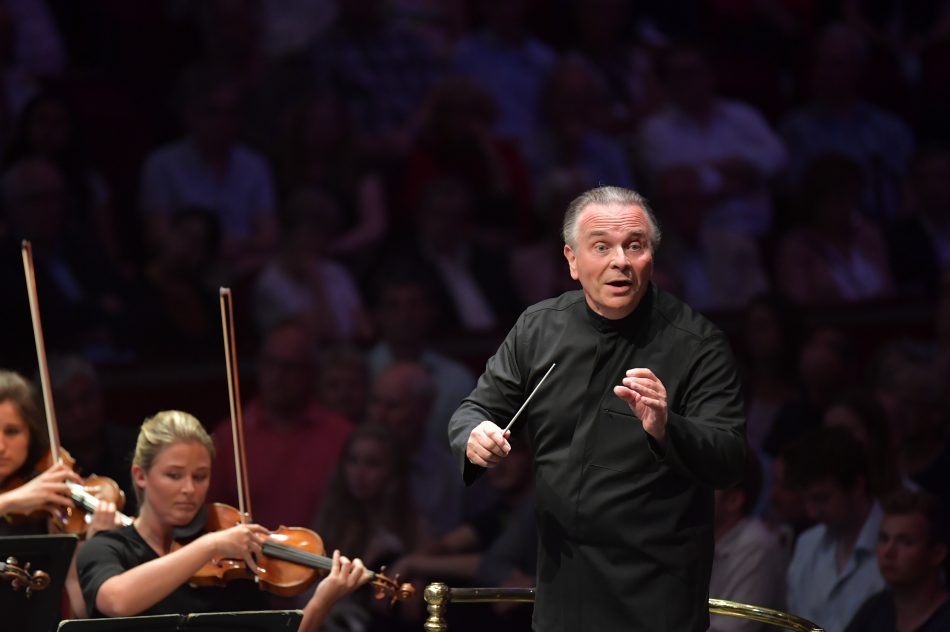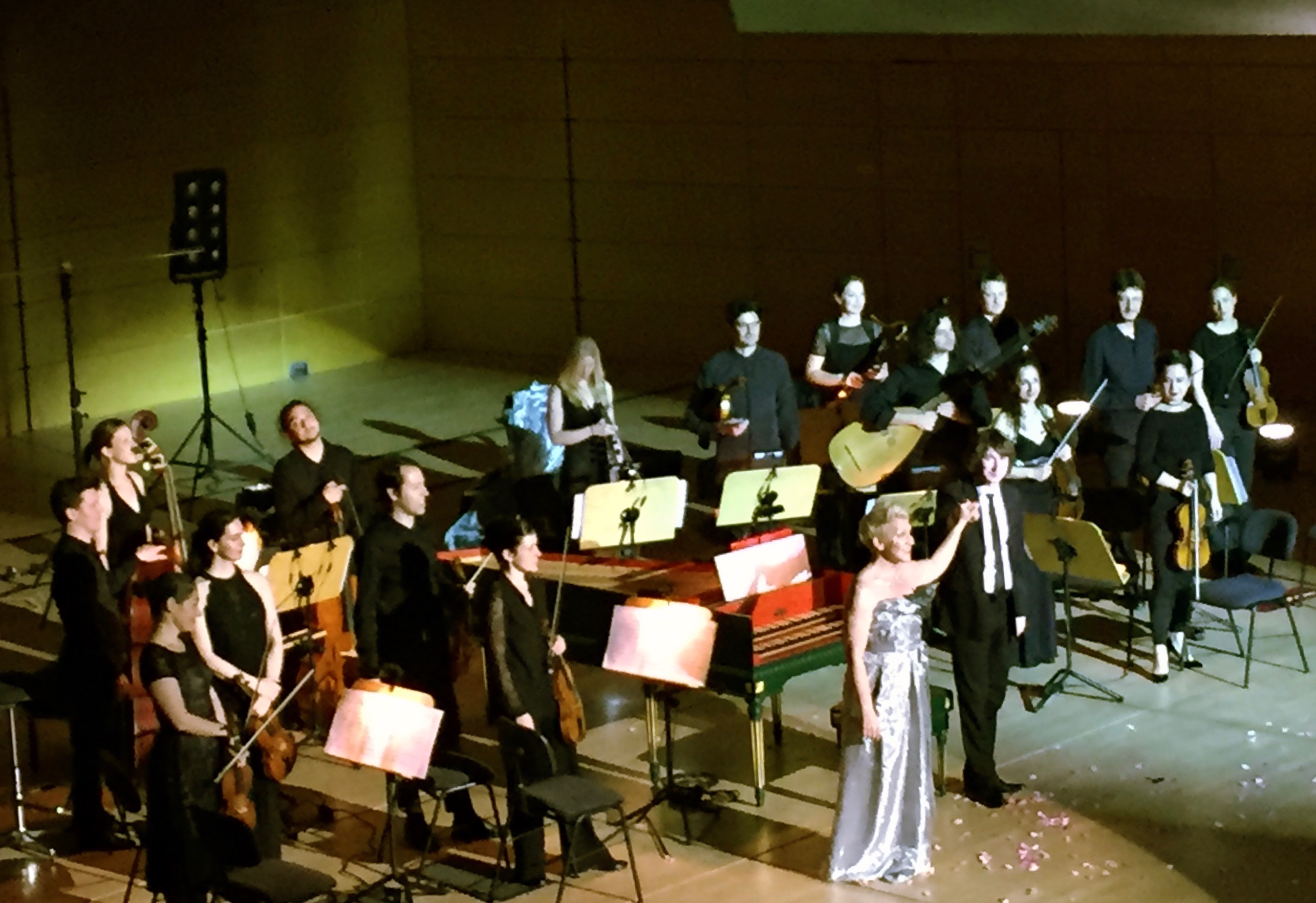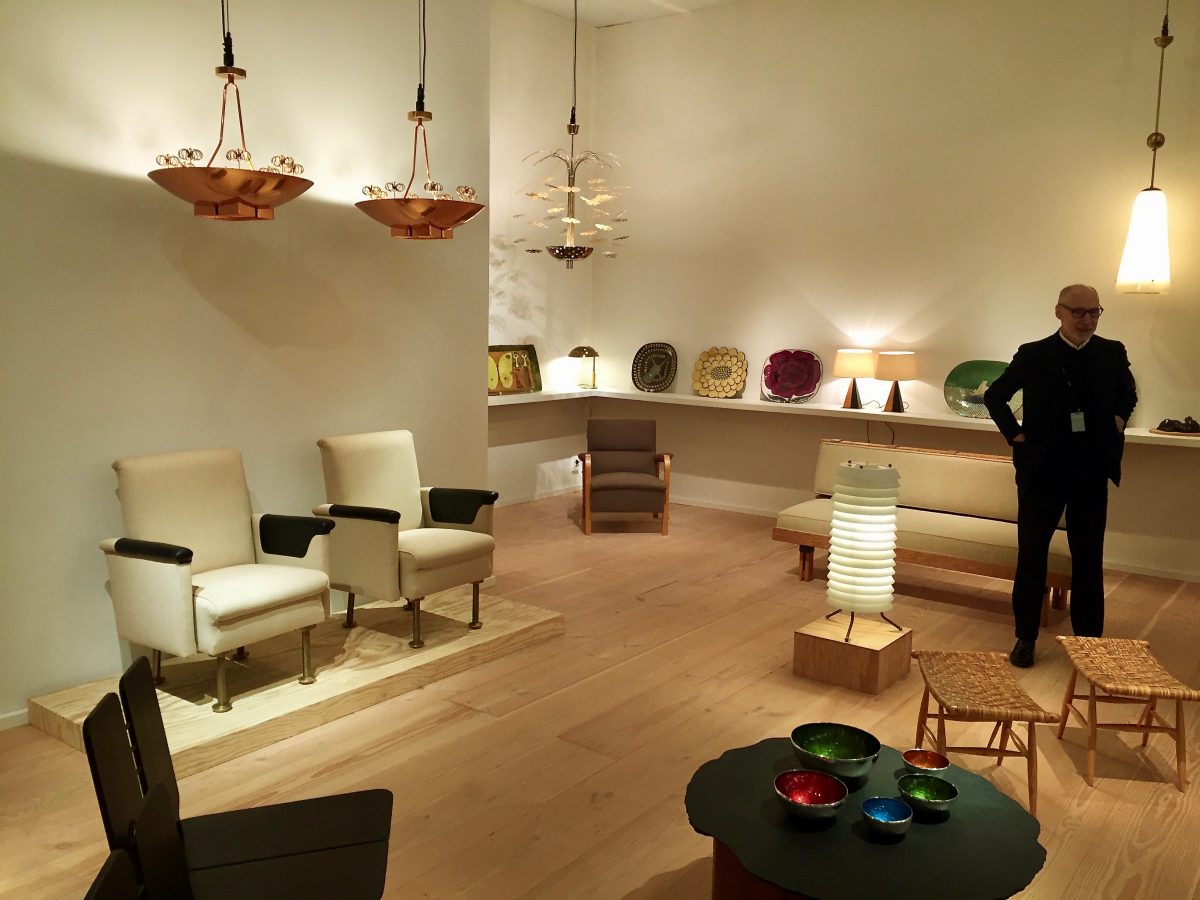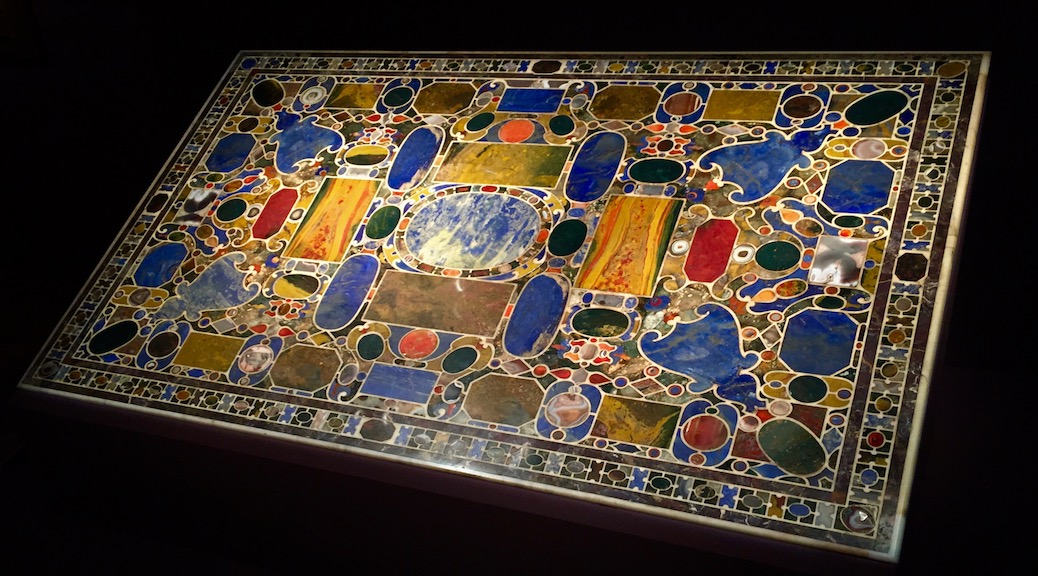
THE SIXTEEN MAKE BELSHAZZAR A FEAST
Belshazzar by Georg Friedrich Händel seen at The Grange Festival, Northington, UK, July 4, 2019 Bizarrely this is the first professional production of Händel’s oratorio Belshazzar (1744) in the UK. It is true that oratorios originally weren’t intended to be […]










